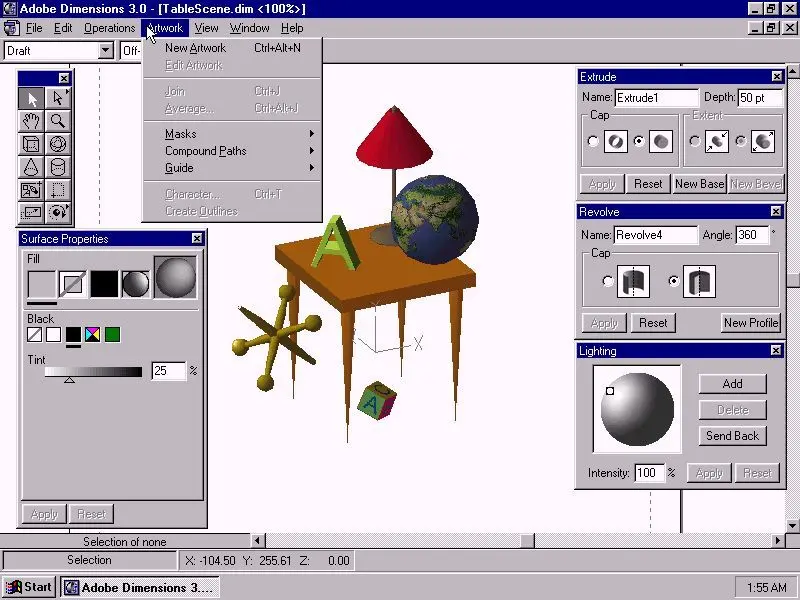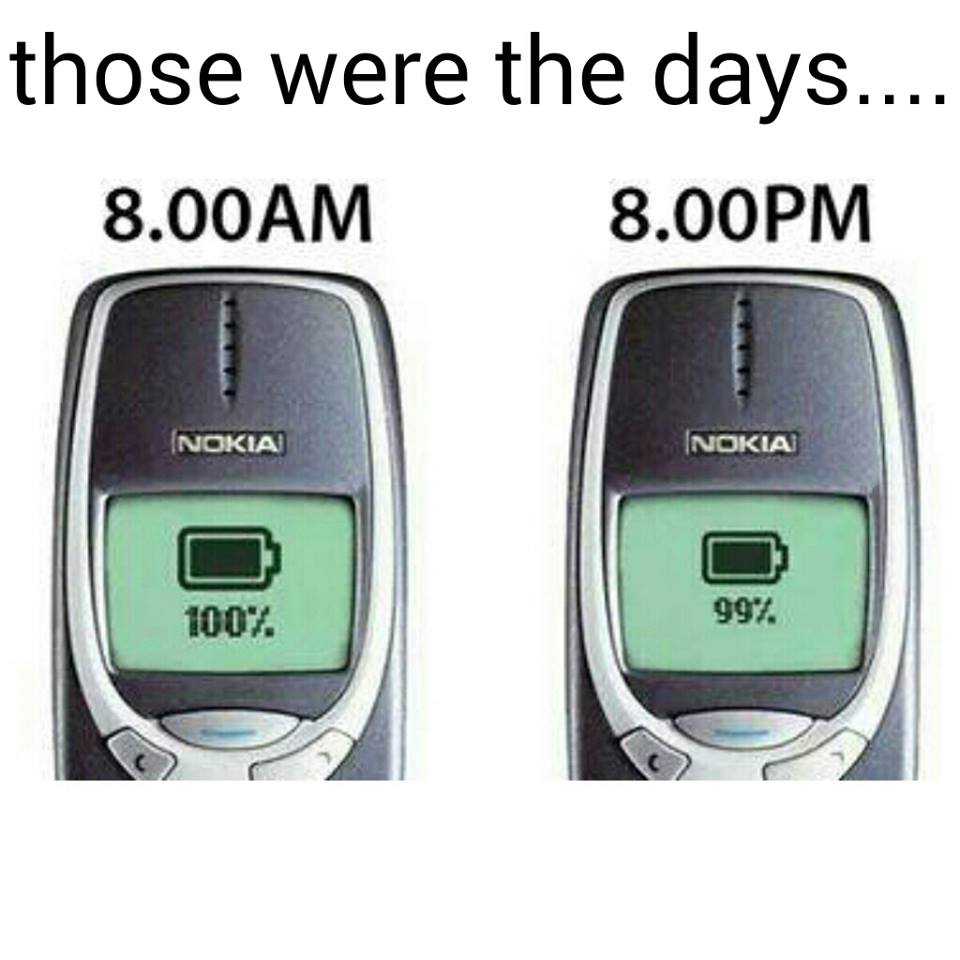
Alright, let’s talk about Adobe Dimensions 3.0! For designers who love to blur the lines between 2D and 3D, this update was a significant leap forward. It wasn’t just a minor tweak; it felt like Adobe was really listening to the community and doubling down on making 3D design more accessible and powerful.
One of the standout features of Dimensions 3.0 was undoubtedly the real-time rendering improvements. Suddenly, iterating on designs felt so much more fluid. Gone were the frustrating delays waiting for previews to update. You could tweak materials, adjust lighting, and reposition objects, seeing the results almost instantly. This responsiveness was a game-changer for productivity and allowed for a more intuitive creative process. It truly bridged the gap between the immediacy of 2D design and the immersive nature of 3D.
Beyond speed, version 3.0 brought some fantastic new tools and enhancements. The improved lighting options offered greater control and realism, allowing designers to craft more nuanced and impactful scenes. We saw more flexibility in adjusting light sources, casting shadows, and fine-tuning ambient occlusion. This meant product mockups and environmental designs gained a new level of visual fidelity.
The update also focused on workflow efficiency. Features like enhanced copy and paste functionality between Dimensions and other Adobe Creative Cloud applications streamlined the design process. Being able to seamlessly bring in vector graphics from Illustrator or raster images from Photoshop and see them applied to 3D objects with ease was a huge time-saver. This interconnectedness is a hallmark of the Adobe ecosystem, and Dimensions 3.0 truly embraced it.
Furthermore, Adobe continued to expand the starter assets and templates available within Dimensions. This was a boon for both newcomers to 3D and seasoned professionals looking for a quick starting point. The quality and variety of these resources meant you could hit the ground running on a wide range of projects, from product visualizations to branding mockups.
It’s also worth noting the continued focus on user experience. Adobe seemed committed to making 3D design less intimidating. The interface felt more refined, and the tools were becoming increasingly intuitive. While 3D can still have a learning curve, Dimensions 3.0 made significant strides in lowering the barrier to entry for designers coming from a primarily 2D background.
In essence, Adobe Dimensions 3.0 wasn’t just an update; it was a statement. It signaled Adobe’s commitment to making 3D design an integral part of the modern creative toolkit. The performance improvements, new features, and focus on workflow made it a compelling upgrade for anyone looking to add a new dimension (pun intended!) to their design capabilities.
What were your favorite features in Adobe Dimensions 3.0? How did it impact your workflow? Share your experiences and thoughts in the comments below!









